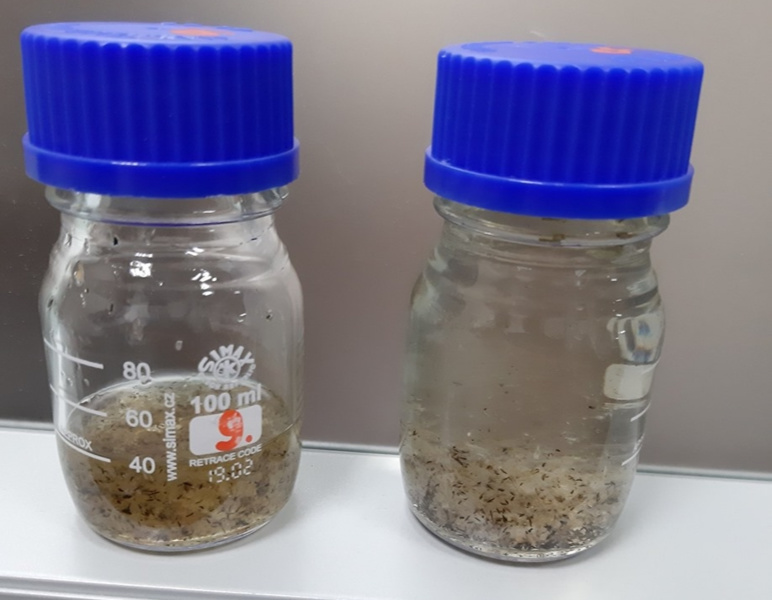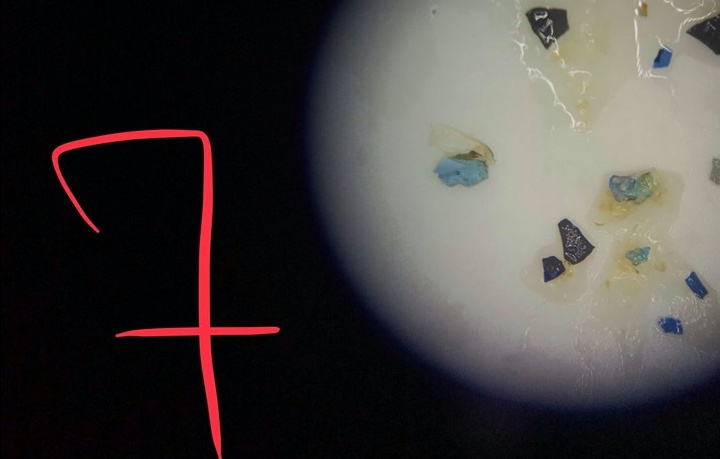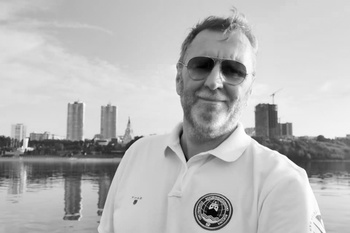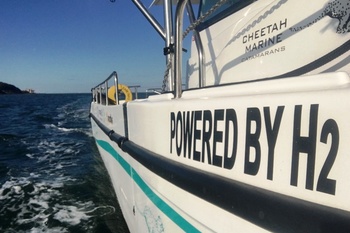The team of «Great Rivers of Russia project» of OCEAN-TV channel and the researchers of «Parus» TV studio, who filmed the Don River from May 12 to June 7, found the left-bank Tsimlyanskoye settlement flooded in 1952 at the bottom of the Tsimlyanskoye water reservoir .

These are the remains of the Khazar fortress Sarkel built in the first half of the IX century, which in the later period, after passing under Russian rule, was also known under the name Belaya Vezha.
«After a long study of the underwater landscape, the remains of bricks with unusual shapes were discovered. Scientists from the Russian Academy of Sciences, to whom the information was passed, came to the conclusion that the discovered object is very likely the left-bank Tsimlyanskoye settlement flooded in 1952», - the report on the website of OCEAN-Media says.
According to the Byzantine chronicles, the Byzantine engineers used special flat square bricks made of burnt clay to build Sarkel. These bricks were exactly like those found by the divers. Another piece of evidence was the coincidence of the bottom topography with reports on the fortress of archeologists of XIX-XX centuries.

At the same time, ecologists from the project «Without rivers - like without hands» conducted on board the expedition vessel «Aksidian» Russia's first analysis of water in a freshwater reservoir for microplastic content. Laboratory of the Hydrology Department of the MSU Faculty of Geography helped to process collected samples. Microplastic particles were found in 9 out of 11 samples.



Preliminary data showed that the level of pollution in the Tsimlyanskoye reservoir did not exceed 0.75 tons for the entire surface layer. By comparison, the annual outflow of the Danube is 50 tons. In order to find out where microplastics got into the Don water, additional research is needed.
Unfortunately, at the same time scientists registered high (although not exceeding the norms) level of chemical oxygen consumption. This means that water is polluted by untreated sewage water.









